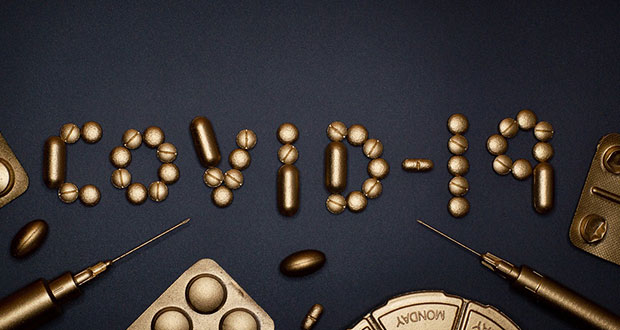by Ian Bolland
Med-Tech Innovation News
Ian Bolland caught up with Marc Bisnaire, CEO of Cardio Phoenix to talk about its technology designed to improve the detection of heart disease during and after COVID-19.
Where did the idea for Cardio-HART come from?
We are a small team that put a lot of effort to create an innovative medical device to fulfill the unmet medical need gap that exists between primary care and second-level related to heart diseases; is an innovative device, we have combined three physiological in a unique way and the output is an algorithm-driven analysis of those signals.
What makes the AI tech so advanced?
Cardio-HART "AI" is the physician´s/clinician´s assistant. It is known that at the primary care level, the knowledge and experience with heart disease are limited. CHART's AI helps them to provide objective assessment and diagnostic interpretation support, and so bridge the gap between Primary Care and Cardiology Care.
CHART helps better determine when the patient should be referred to the cardiologist, and why.
What makes this medical device different from others on the market?
Cardio-HART or “CHART” goes beyond the 44% limitations of traditional ECG/EKG… complementing and augmenting its capabilities, able to detect and diagnose up to 95% of all common heart diseases, by prevalence typically found in primary care situations without changing the standard of care.
Cardio-HART is an effective system, consisting of an easy-to-use FDA and CE-cleared device with AI-powered analysis and processing, for providing screening and diagnosis indications of cardiac conditions able to detect 95% of all significant and common heart diseases, by prevalence. This combines in total 14 major diseases typically only diagnosed by echocardiography, such as heart motions diseases, valvular diseases, murmurs, including such ECHO-findings as LVH, and AS, to name a few, and 37 ECG findings, both major and common including MI, ST-T Elevations, QRS based diseases, and more.
Previously, this was not possible in primary care, nor through telemedicine.
What went into creating the device – including the physical device as well as the digital aspect?
My biggest success was the sale of my first major company to a large corporate entity, after which I spent two years as VP of business and product innovation for the carrier division. I was also responsible for growing the Asian market and showing them how to monetize their offerings. I then retired only to come out of retirement after several friends suddenly, in their 40s, tragically passed away from undetected heart disease, revealing a gap in medical technologies between what was available in primary care and cardiology care. A chance meeting in San Diego with five terminal heart patients encouraged me to pursue this vision – they understood the problem. I then spent over a decade developing six different versions of the technology, conducting many clinical studies to gather evidence, and embracing the regulatory regimes dominating the heart care market.
Anything else you’d like to add?
Clinical management of patients with confirmed or suspected COVID-19 is the pandemic's top priority. Yet, morbidity and mortality related to COVID-19-associated heart disease will plague clinical patient management for years to come.
Cardiac-telemedicine is the new face of clinical patient management for heart disease.
In these difficult times of COVID-19, it has been revealed the cracks and dysfunctions in the current healthcare system. Telemedicine is the future but is it enough, but telemedicine healthcare providers are not heart experts, and COVID-19-associated heart disease can be very challenging. Cardiac-telemedicine connects front-line healthcare providers with back-end experts, i.e. cardiologists.
Cardio-HART (CHART), can provide cardiac findings characteristic of hemodynamic, morphological, and functional abnormalities and dysfunctions that together represent 95% of all common heart diseases.
This broad-based approach to COVID-19 heart disease detection means cardiologists have the kind of information they need to say “I want to see this patient” while keeping a social distance.
CHART enables front-line healthcare providers to “chat” with back-end experts.
Collaborative triage in cardiac-telemedicine is the glue that connects the front-line providers to the back-end experts. They can chat and agree on a patient management strategy – critical when managing either suspected or confirmed COVID-19 infected patients.
Source
https://www.med-technews.com/features/q-a-the-device-aiming-to-improve-detection-of-heart-disease/








